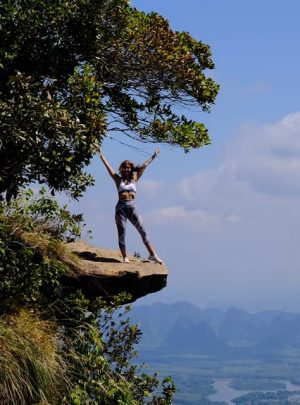There is currently no widely accepted definition of the term tourist destination. From the tourism industry supply perspective a destination is usually defined by a geo-political boundary, given destination marketing is most commonly funded by governments. From the traveler perspective, a destination might be perceived quite differently.
A tourist destination is a city, town, or other area that is dependent to a significant extent on the revenues accruing from tourism, or “a country, state, region, city, or town which is marketed or markets itself as a place for tourists to visit”. It may contain one or more tourist attractions and possibly some “tourist traps.” Siem Reap town for example is a popular tourist destination in Cambodia, mainly owed to its proximity to Angkor temples.
A tropical island resort is an island or archipelago that also depends on tourism as its source of revenue. The Bahamas in Caribbean archipelago, Bali in Indonesia, Phuket in Thailand, Hawaii in the United States, Palawan in the Philippines, and Fiji in the Pacific, Vamizi Island, Santorini and Ibiza in Mediterranean are examples of popular island resorts.




